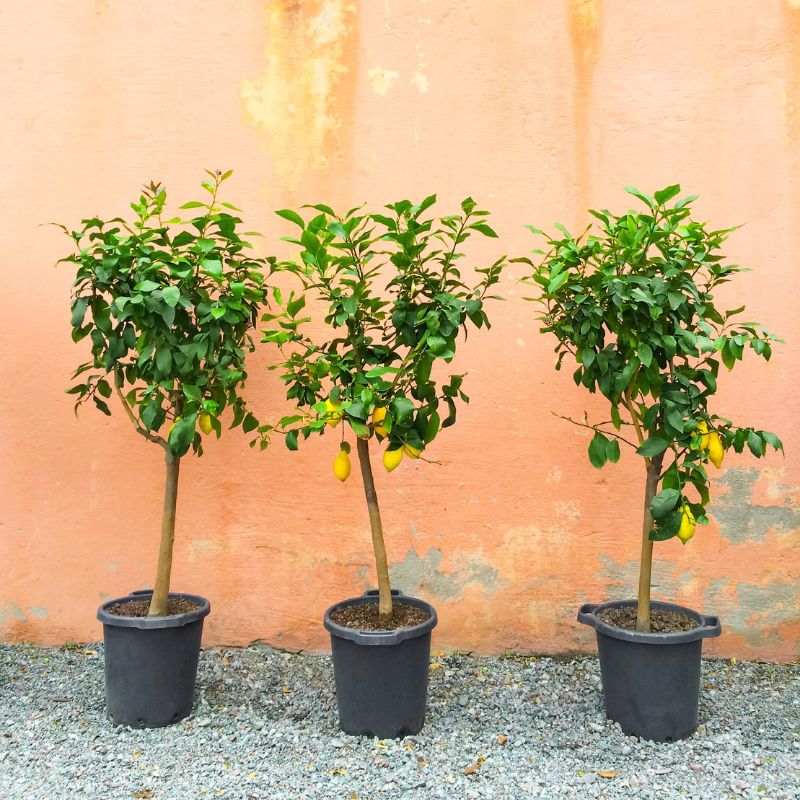Tired of buying lemons?
Why not grow your own at home?
Discover how easy it is to cultivate a lemon tree in a pot.
Ready to enjoy fresh lemons year-round?
Let’s get started!
Step-by-Step Guide to Growing Lemon Trees
Step 1: Hydrate the Soil
Lemons require soil that retains moisture well, as they can dry out quickly. Before planting, gradually mix water into the soil until it feels damp. Make sure not to overdo it; the soil should be moist, not overly saturated. This helps create an ideal environment for lemon plants.
Step 2: Prepare the Pot with Soil
Fill your pot with soil while ensuring you leave one inch of space at the top.
Step 3: Select the Seed
Keep the lemon seed moist. Select the best-looking seed straight from the lemon. Place it in your mouth to maintain its moisture until planting. Avoid letting the seed dry out at any stage for successful growth.
Step 4: Plant the Lemon Seed
Place your seed ½ an inch below the surface. Ensure you water the soil thoroughly.
Step 5: Shield the Pot
Lemon seeds thrive in warm, sunny areas. Cover your pot with breathable plastic for protection against cool temperatures. While seedlings love warmth, it’s crucial to ensure the soil remains moist but not soggy.
Monitor the balance—remove the plastic if the seed is sufficiently warm, as excessive heat or trapped moisture can lead to root rot. Make adjustments as needed.
Step 6: Observe Seedling Growth
In approximately two weeks, tiny sprouts will start emerging from the soil. If you’re still using plastic, it’s important not to remove it completely just yet. Ensure that your lemon tree receives plenty of sunlight and is kept warm.
Tips for Beginners:
1. Outdoor Exposure
Position your lemon tree outside for part of the day. This exposure will help it bear fruit and provide access for bees to pollinate it.
2. Climate Considerations
While lemon trees thrive in warmth, too much direct sunlight can be harmful. If you live in extremely hot areas, consider providing some shade during the peak heat of the day.
3. Temperature Regulation
Aim to keep daytime temperatures around 70°F and ensure nighttime temperatures don’t dip below 55°F. If temperatures fall below 54°F, the tree may enter a dormant state and stop producing fruit.



